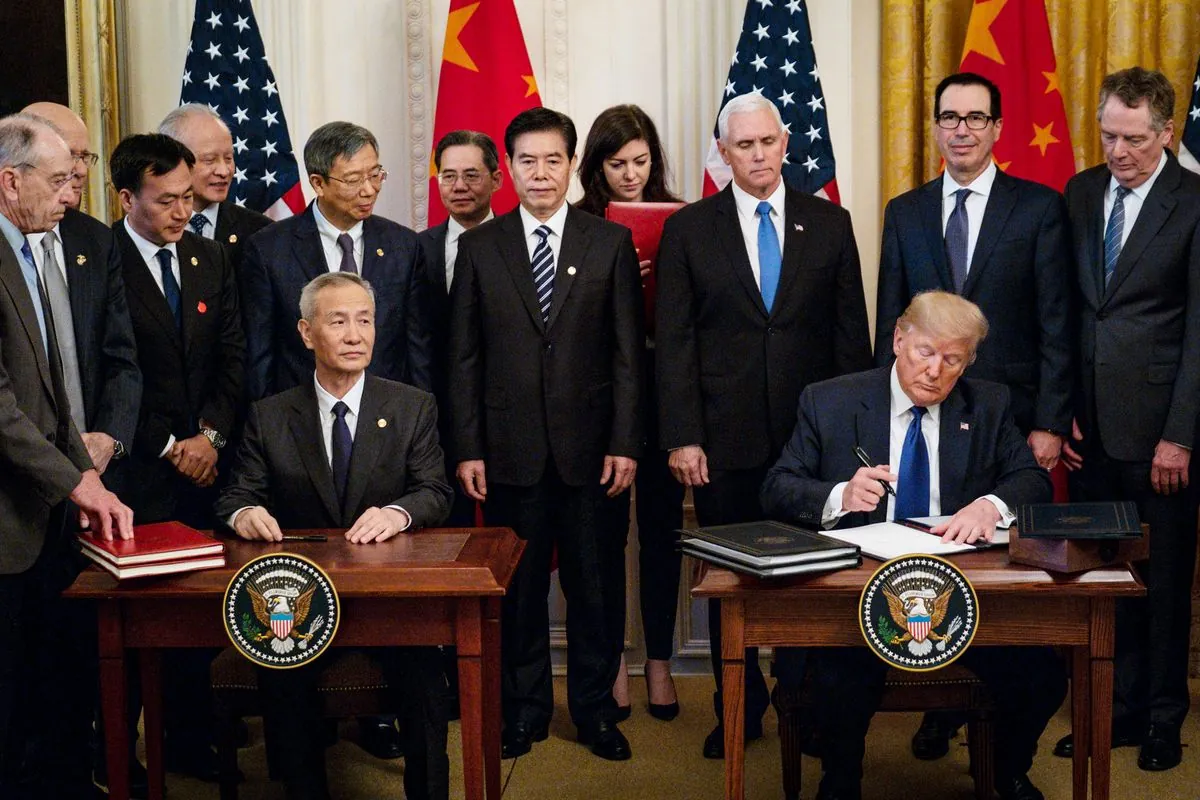In 2011, the Obama administration announced a significant shift in US foreign policy, pivoting towards Asia. This strategic reorientation aimed to tap into the region's economic dynamism and respond to China's rapid ascent. However, over the past 13 years, this approach has undergone a dramatic transformation.
Initially, the pivot focused on harnessing Asia's economic potential. In 2008, the Asia-Pacific region accounted for 40% of global growth, signaling the dawn of an "Asian century." The US strategy centered on trade liberalization and economic agreements, with the Trans-Pacific Partnership (TPP) as its cornerstone.
The TPP, which began in 2005 with just four countries, was envisioned as a comprehensive trade pact that would boost US economic growth, create jobs, and strengthen ties with Asian allies. Hillary Clinton, then Secretary of State, saw it as a platform for broader regional interaction and a potential free trade area of the Asia-Pacific.
"As we grow our economies, we'll also remember the link between growth and good governance—the rule of law, transparent institutions, the equal administration of justice. Because history shows that, over the long run, democracy and economic growth go hand in hand."
However, the pivot's economic component faced significant challenges. The TPP, despite initial bipartisan support, fell victim to changing domestic politics. By October 2016, public approval of trade agreements had dropped to 45%, down from 58% in May 2015. The agreement was ultimately abandoned when President Donald Trump took office in 2017.
As the positive economic agenda faltered, a defensive approach emerged, focusing on mitigating national security risks associated with China's economic activities. This shift was exemplified by:
- Increased tariffs on Chinese goods (from 3.1% to 21% between 2018 and 2020)
- Sanctions and export controls
- Efforts to "de-risk" and "friendshore" supply chains
- Domestic industrial policy initiatives
The US also attempted to counter China's infrastructure initiatives, such as the Belt and Road Initiative (launched in 2013) and the Asian Infrastructure Investment Bank (established in 2016). American responses included the Blue Dot Network and the Build Back Better World (B3W) Initiative, although these efforts have seen limited success.
The focus on national security risks intensified with concerns over Chinese companies like Huawei and their role in 5G infrastructure. This led to various defensive measures, including:
- The Foreign Investment Risk Review Modernization Act (2018)
- Revoking Hong Kong's special economic status (2020)
- Barring imports from Xinjiang made with forced labor (2021)
- Imposing export controls on advanced semiconductors (2022)
The CHIPS and Science Act, which aims to boost domestic semiconductor manufacturing, further exemplifies the shift towards industrial policy and reducing dependence on China.
As of 2024, the US pivot to Asia has evolved significantly from its original conception. The focus has shifted from seizing economic opportunities to managing risks associated with China's rise. The challenge now lies in balancing defensive measures with positive engagement in the region.
